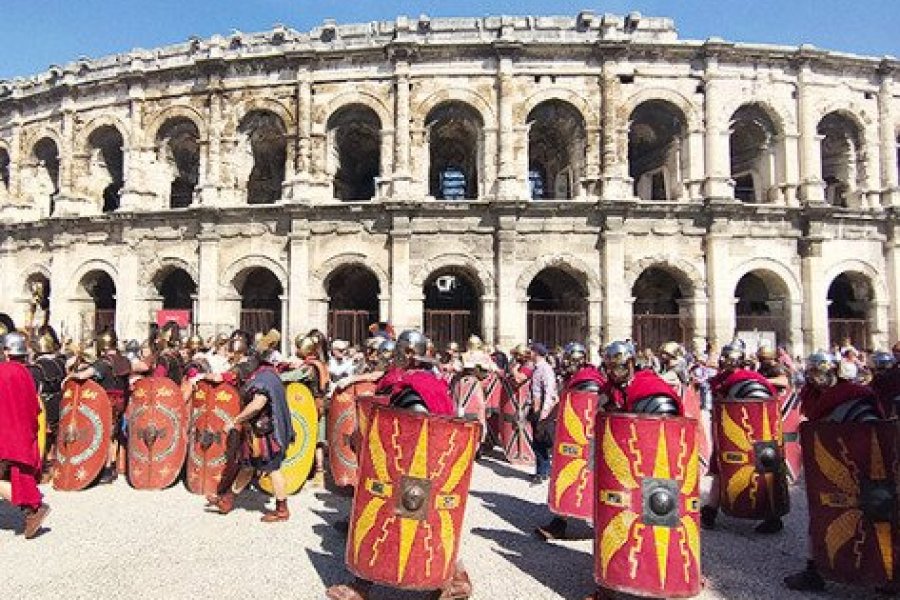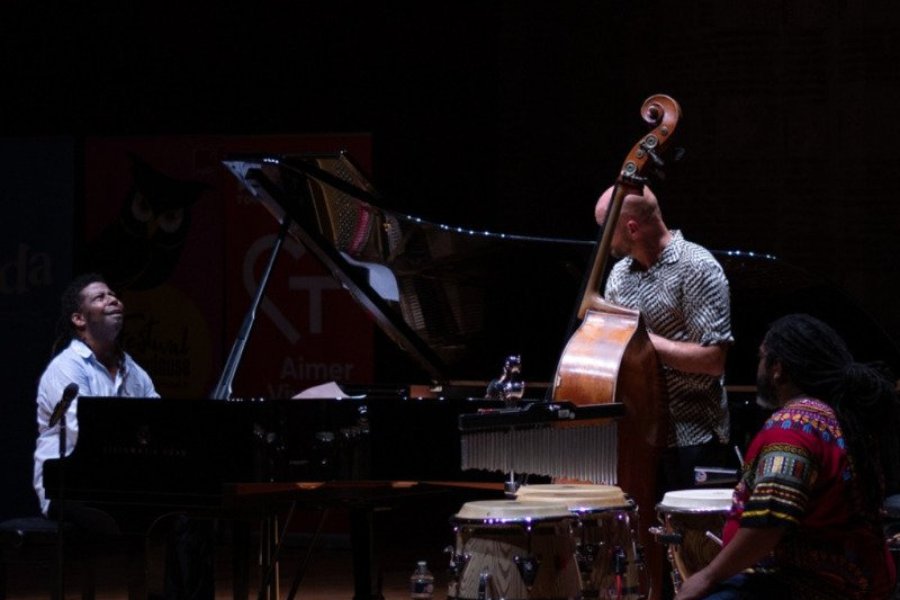
Journées Romaines return to Nîmes!
Recommended by Tanguy REVAULT
From 05/03/2024 to 05/05/2024 : Nîmes is home to some of the best-preserved Roman monuments in the world. An ideal backdrop for the springtime "Journées Romaines". For 3 days, ...

Recommended by Tanguy REVAULT
From 05/03/2024 to 05/05/2024 : Nîmes is home to some of the best-preserved Roman monuments in the world. An ideal backdrop for the springtime "Journées Romaines". For 3 days, ...

Recommended by Tanguy REVAULT
From 06/29/2024 to 07/13/2024 : The Toulouse Festival offers "tailor-made" creations at the crossroads of music, film and literature. This year, it pays tribute to Françoise ...